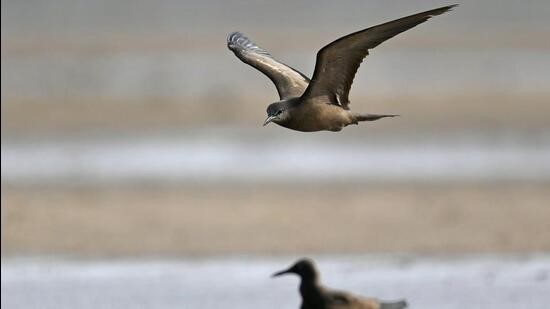Free Courses Sale ends Soon, Get It Now


Free Courses Sale ends Soon, Get It Now



Disclaimer: Copyright infringement not intended.
Context
Other Details
Reason for their sighting in Inland areas
Pelagic birds
Other Features
Habitat and distribution
Conservation Status
Threat
At sea
On land
Significance
|
PRACTICE QUESTION Consider the following statements about Pelagic birds: 1. This birds generally sighted near inland areas. 2. These birds, in general, are considered least vulnerable as per IUCN. Which of the statements given above is/are correct? A. 1 only B. 2 only C. Both 1 and 2 D. Neither 1 nor 2 Answer: (D) |
© 2024 iasgyan. All right reserved